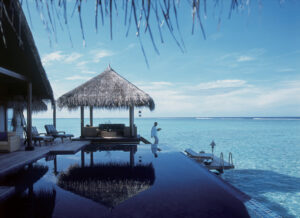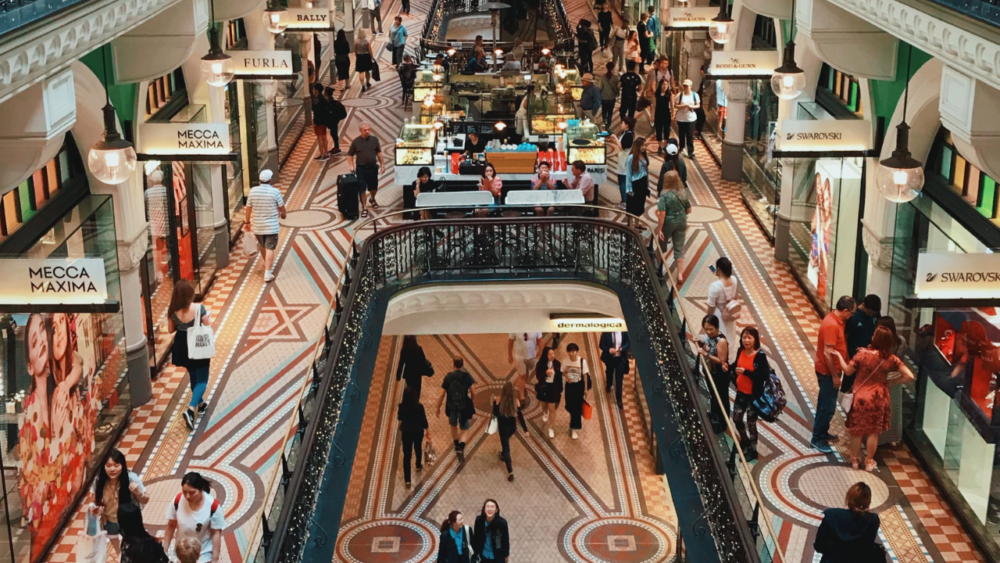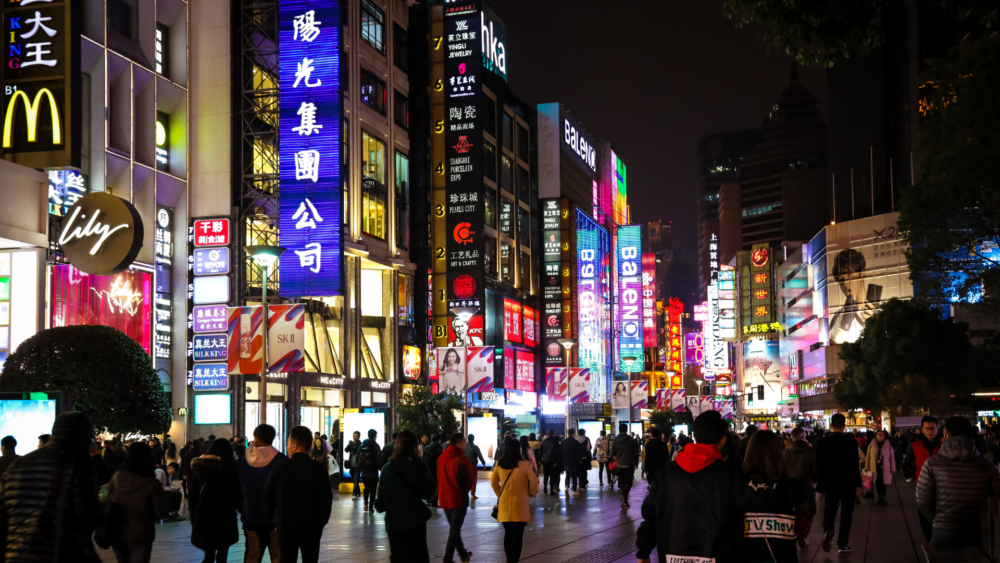When it comes to luxury brands, one of the biggest challenges for global marketers is translating values such as excellence or desirability into a content that would convey the brand reputation or its heritage across different countries and cultures.
As luxury products are crafted to the finest detail by creative designers and artisans, the language used to communicate their value should be handled by specialist writers – with the same meticulous care.
Little surprise that most luxury brands that aim to enhance their influence in the global marketplace choose professional translation agencies, with proven experience in delivering consistent brand messaging across multiple languages and cultures.
Our creative writers are specialised in this sector. They tell us that translating for top luxury brands is definitely more demanding and time-consuming than translating technical, legal or medical texts. Moreover, the translator’s cultural background and personal experience of luxury brands play a vital role in getting the message as well as the style and tone of communication right.
Luxury across Cultures: A Comparison between China Russia and Saudi Arabia
What does luxury mean to different cultures? How should luxury brands address potential customers in China, Russia or Saudi Arabia… and deliver a message that is spot-on?
We consulted three of our luxury brand specialist translators from China, Russia and Saudi Arabia – three of the fastest growing economies for luxury brands. This small piece of research supports marketers of luxury brands that plan to enter these challenging markets. Our findings indicate that the translation of content for luxury brands differs markedly from other types of translation. They also show how people perceive luxury brands in very different parts of the world.
The Challenges of Luxury Translation
Technical and medical translations are straightforward reproductions of facts, information or instructions. In contrast, translating for global luxury brands requires creativity, versatility and perfectionism, as well as the ability to bring the brand personality to life on paper.
Translators of luxury copy need to have a wide range of writing styles at their disposal. They also need to have a passion for luxury brands and be sensitive to what these brands are trying to project. A quality translator has a sense of mission. It is therefore not just a question of getting the job done.
According to our linguists, “It doesn’t matter how brilliant the translation is. The translation is not worth the paper it is written on if it does not help customers to understand and identify with the brand.
To produce an effective translation, we need to get into the mindset of a consumer of luxury goods. We need to understand the type of language that they find attractive and know exactly what grabs their attention and stimulates their interest”.

“Rehendi Suite Deck (Service)” by Taj Hotels, Resorts and Palaces – Maldives.
West vs. East: Who’s My Target Audience?
In Russia and Saudi Arabia, European and American luxury brands are seen as status symbols. They project wealth, power and taste, and are therefore essentially the prerogative of the upper classes. Apparently, the Chinese market is rather different.
According to our research, luxury brands in Shanghai are seen as real must-haves even by young girls and teenagers, who aspire to wealthy lifestyles. Chinese luxury buyers are on average 15 years younger than their European counterparts.
This has obvious implications for marketing copy in terms of the tone and style of communication. These have to be tailored to the local audience. For more details about Chinese luxury consumers, please refer to the study recently carried out by McKinsey&Co.
The Language of Luxury: How to Address Potential Customers?
According to our research, the marketing copy used to promote luxury brands to Russian consumers should flatter its audience. Effective copy should use language such as “You are one of the few who deserve it” or “Who else deserves this, if not you?”
However, copy must not rely on national symbols (such as Russian dolls, bears etc.), as Russian consumers of luxury brands want to associate themselves with Western ideals not Russian traditions.
On the other hand, for Saudi Arabia, a deferential tone is more appropriate – as opposed to the Western direct and personal style. Our linguist in Saudi Arabia reports that modesty in advertising is also valued, given the fact that the culture in Saudi Arabia is comparatively conservative and traditional.
How to Approach the Translation Phase?
It goes without saying that marketers of luxury brands that want to establish themselves in the Chinese, Russian and Arabic markets must have their strategy in place before embarking on translation.
Tight deadlines as well as last-minute editing requests may prevent translators from using their full creative potential. This results in less powerful and effective copy.
Furthermore, marketers of luxury brands should bear in mind that different cultures require different tones and styles of communication. There is therefore no point in curtailing the translator’s freedom to adapt the copy. What matters is whether the translator has the ability to tune into and reach out to the mindsets of different audiences.
For further information on how we can help you by creating the very best luxury brand copy in translation, please call us on +44 (0)20 7294 7710 or e-mail us at info@creativetranslation.com. We will also be very happy to give you a quote.





